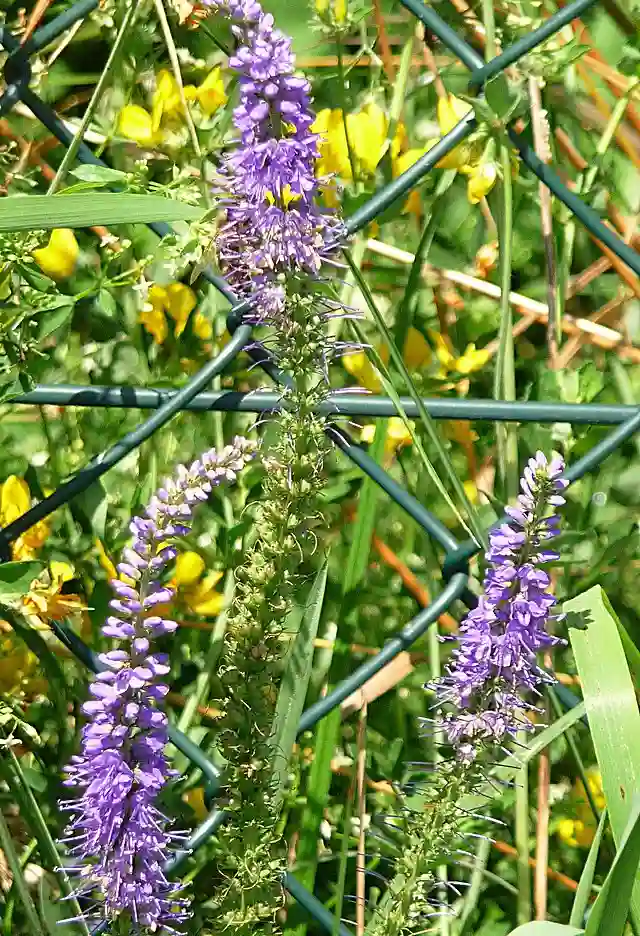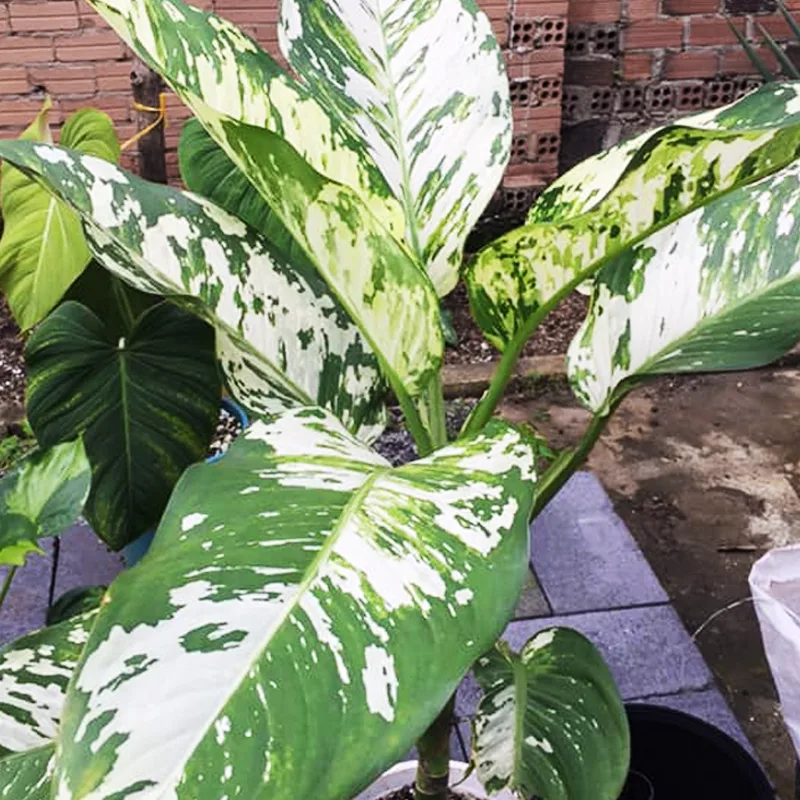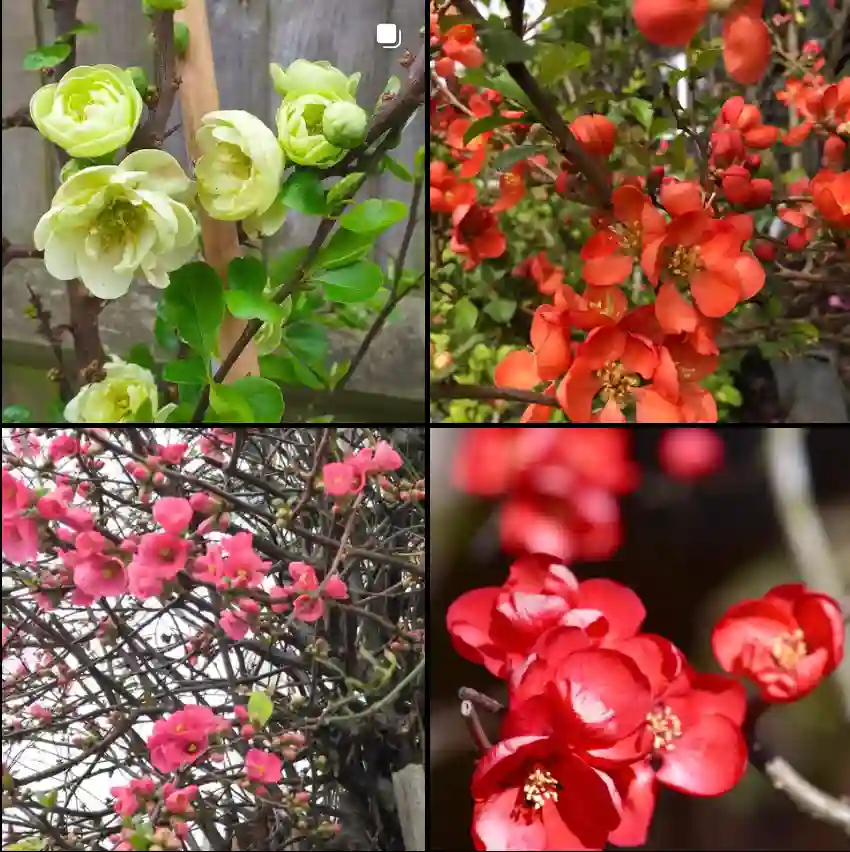Exploring the Potamogetonaceae Family: A Personal Journey
As an avid plant enthusiast, my fascination with aquatic plants has led me to delve into the Potamogetonaceae family. This remarkable group of plants, commonly known as pondweeds, has captured my attention due to its diversity and ecological significance. Today, I’d like to share my experiences and insights into this intriguing plant family.
What is the Potamogetonaceae Family?
The Potamogetonaceae family comprises a variety of aquatic plants found in freshwater habitats worldwide. These plants play a crucial role in maintaining ecosystem health, providing habitat for aquatic life, and improving water quality. The beauty and adaptability of these plants are what first drew me to them.
In my exploration, I discovered that Potamogetonaceae includes several genera, each with unique characteristics. Here’s a brief list of some notable genera within this family:
- Althenia
- Groenlandia
- Potamogeton – 167 Species in Genus Potamogeton
- Stuckenia
- Zannichellia
The Ecological Importance of Potamogetonaceae
One of the main reasons I’ve developed an interest in the Potamogetonaceae family is its ecological importance. These plants serve as vital habitats for various aquatic organisms, from fish to amphibians. In my local pond, I’ve observed how Potamogeton species provide shelter for fry, offering them protection from predators. This interaction highlights the interdependence of plant and animal life within freshwater ecosystems.
Moreover, pondweeds play a significant role in water quality. They absorb excess nutrients from the water, helping to reduce eutrophication, a process that can lead to harmful algal blooms. By improving water clarity, these plants create a healthier environment for aquatic life. Witnessing this process firsthand has deepened my appreciation for the Potamogetonaceae family.
The Aesthetics of Pondweeds
Beyond their ecological contributions, I’ve come to appreciate the aesthetic value of Potamogetonaceae plants. The lush green leaves and delicate flowers add beauty to any aquatic landscape. When I visit local lakes, I often find myself captivated by the swaying motion of the leaves in the water. The interplay of light and shadow on these plants creates a serene atmosphere that I find truly enchanting.
In my own garden, I’ve experimented with growing some Potamogeton species in a small pond. Watching these plants thrive and attract wildlife has been immensely rewarding. The vibrant colors and textures they bring to the water have transformed my outdoor space into a lively ecosystem.
Potamogetonaceae in Aquascaping
As an aquascaping enthusiast, I’ve also explored the use of Potamogetonaceae plants in aquarium designs. Their unique shapes and sizes provide a stunning backdrop for aquariums, and their adaptability to different water conditions makes them ideal for aquascapers. I’ve incorporated various species into my setups, creating lush underwater landscapes that mimic natural habitats.
In addition to their visual appeal, these plants contribute to the overall health of the aquarium. They oxygenate the water and provide hiding spots for fish, enhancing the ecosystem within the tank. I’ve noticed that my fish seem happier and more active in aquariums with abundant aquatic plants.
Challenges and Conservation
Despite their importance, many species within the Potamogetonaceae family face threats from habitat destruction, pollution, and invasive species. As I’ve learned more about these challenges, I’ve become more passionate about conservation efforts. Protecting freshwater habitats is crucial for the survival of these remarkable plants and the wildlife that depends on them.
I’ve participated in local conservation initiatives aimed at restoring aquatic habitats. It’s fulfilling to contribute to the health of our ecosystems and promote awareness about the importance of preserving our natural resources.
Conclusion
The Potamogetonaceae family has captivated me with its ecological significance, aesthetic appeal, and adaptability. My journey through this plant family has deepened my understanding of the interconnectedness of life in freshwater ecosystems. Whether you’re a seasoned botanist or a casual plant lover, I encourage you to explore the beauty and importance of pondweeds in your local environment. Together, we can foster a greater appreciation for these remarkable plants and their vital role in our ecosystems.
In conclusion, Potamogetonaceae not only enriches our natural world but also provides us with an opportunity to connect with nature in meaningful ways.
If i die, water my plants!



